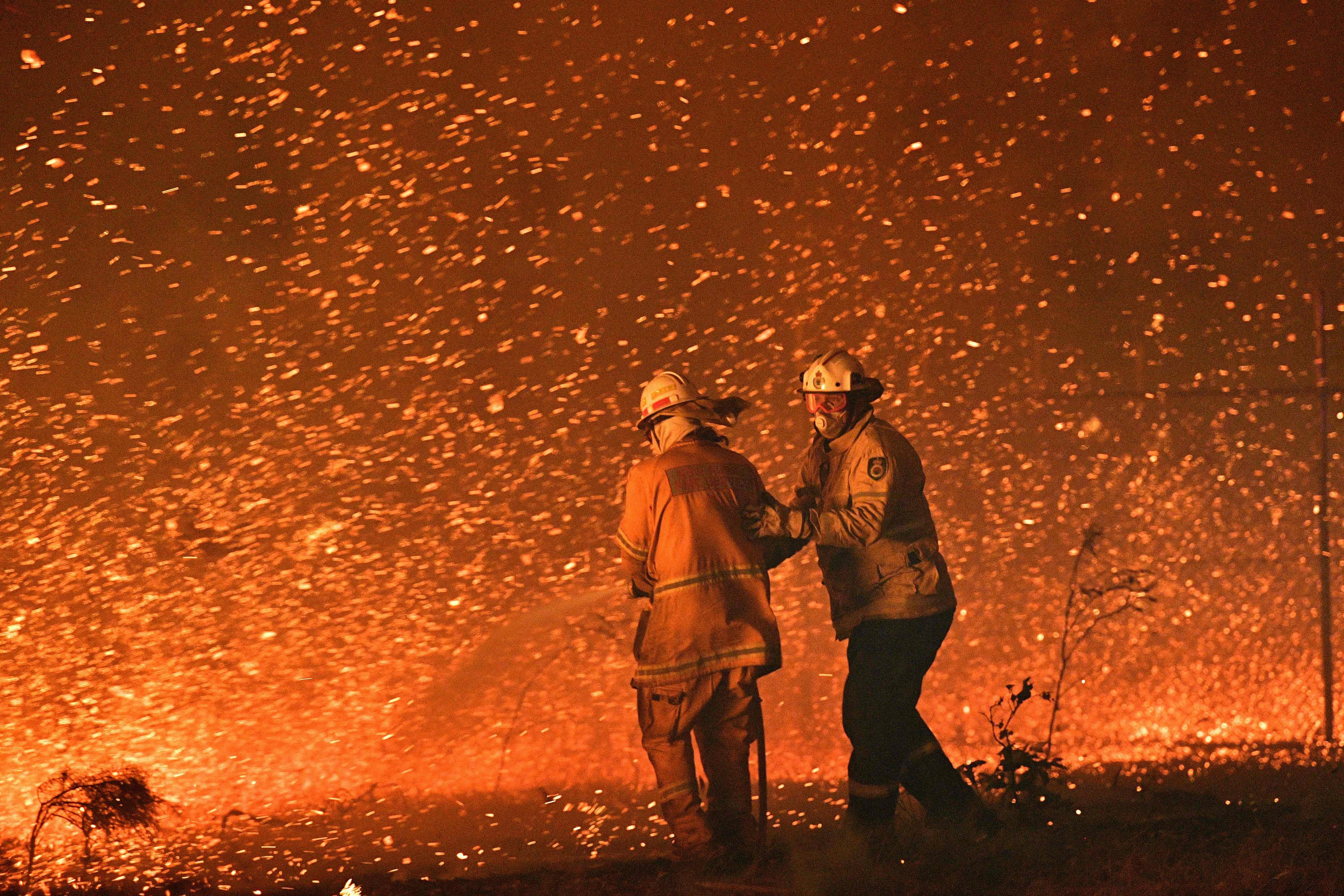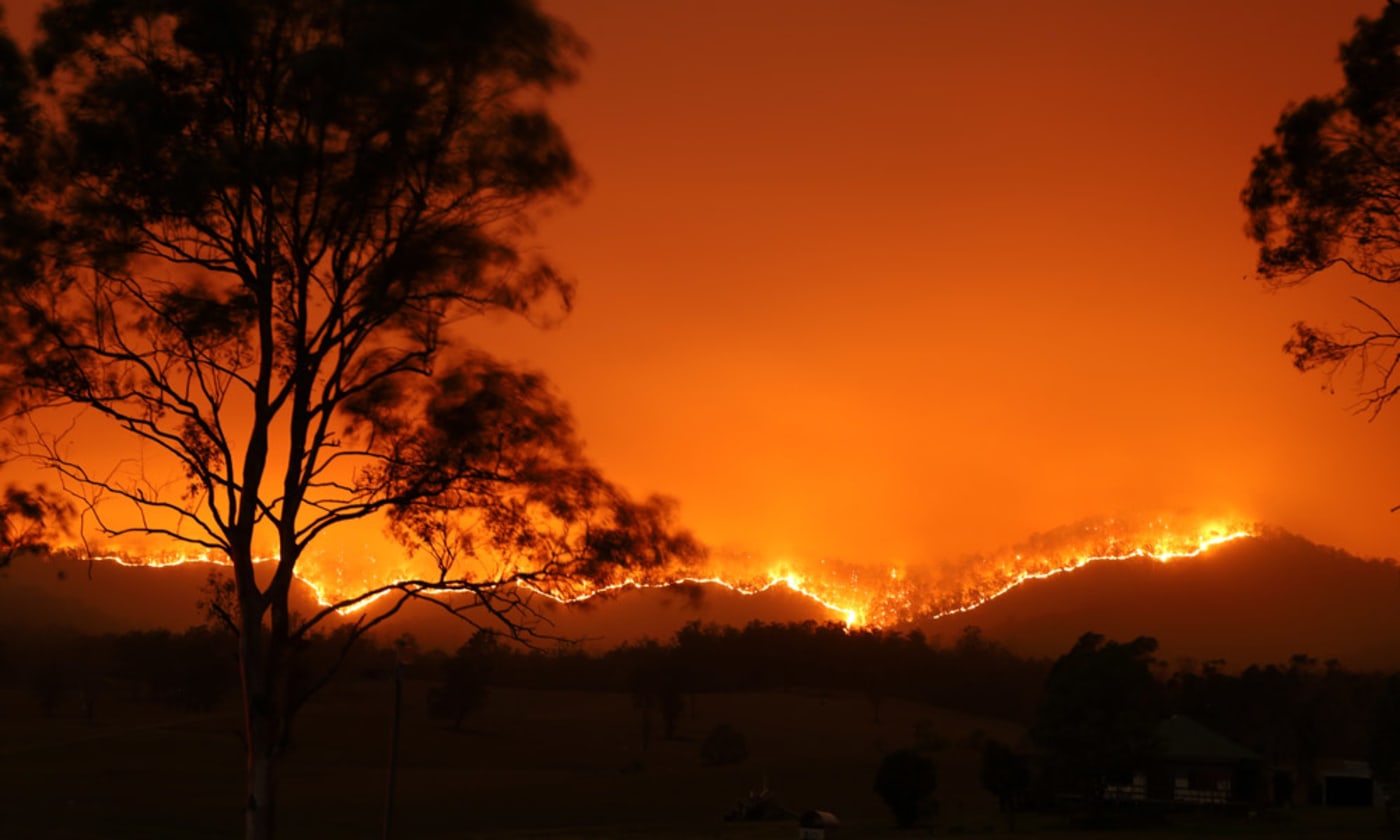Debunking BAL Reports: A Guide to Understanding Your Residential or commercial property's Bushfire Threat
Debunking BAL Reports: A Guide to Understanding Your Residential or commercial property's Bushfire Threat
Blog Article
Exactly How BAL Record Impacts Bush Fire Security Actions
In the realm of bush fire security, the Structure Strike Level (BAL) record stands as a vital tool that significantly influences the security and resilience of residential or commercial properties in fire-prone areas - BAL Report. The effect of a BAL analysis prolongs much beyond simple paperwork; it functions as the keystone for determining the ideal construction requirements and fire security actions essential to alleviate the threats positioned by bushfires. As communities face significantly serious fire periods, understanding just how the BAL record forms these safety steps comes to be vital for contractors, policymakers, and house owners alike
Comprehending the Bushfire Strike Level

Value of BAL Report Assessment

Furthermore, the BAL report analysis works as a fundamental step in adhering to lawful obligations and requirements connected to bushfire security. Regional councils and authorities frequently mandate the submission of a BAL record as component of the planning and building approval procedure to make certain that homes are properly guarded versus bushfire dangers. Failing to conduct a comprehensive BAL record evaluation can cause poor protection actions, leaving click for more properties vulnerable to ruining bushfire cases.
Construction Standards Based Upon BAL
A comprehensive understanding of the Bushfire Attack Level (BAL) allows residential property owners to carry out building criteria customized to their particular risk account. Building requirements based on BAL are essential in minimizing the effect of bushfires on properties. The BAL rating categorizes the potential danger a property deals with throughout a bushfire on a range from BAL-Low to BAL-FZ (Flame Area)
Carrying Out Fire Protection Steps
With the foundation of building standards based on Bushfire Attack Degree (BAL) in place, the emphasis currently moves towards the practical implementation of fire security procedures to strengthen residential or commercial properties versus bushfire hazards. Passive actions include utilizing fireproof building products, mounting ember guards on vents, securing gaps in roofings and walls, and keeping a clear area around the building complimentary from combustible plants. By incorporating both passive and active strategies, homes can dramatically reduce their vulnerability to bushfire occurrences and raise the security of residents.
Shielding Homes Against Bushfires
Successfully safeguarding homes against the damaging influences of bushfires needs a positive and detailed strategy to fire security steps. Property owners staying in bushfire-prone locations should prioritize the execution of different approaches to improve their residential or commercial property's durability against wildfires. One basic facet is creating a defensible area around the home by preserving a clear zone complimentary of combustible products. This consists of routinely cutting plants, removing dead plants, and making certain a safe distance in read this article between trees and frameworks. Installing fire-resistant roof materials can also significantly lower the threat of cinder attacks and direct flame call. Furthermore, sealing vents and spaces to stop coal breach, in addition to integrating fireproof view publisher site doors and windows, can help fortify the home's defense against bushfires. Buying a reputable water source, such as a well-maintained sprinkler system or a dedicated water container, is vital for supplying water during fire emergency situations - BAL Report. By embracing a proactive stance and integrating these safety steps, homeowners can considerably enhance their chances of securing their homes against bushfires.
Conclusion
In verdict, the Bushfire Attack Degree (BAL) record plays a vital duty in determining the necessary defense actions against bushfires. Carrying out fire protection steps based on the BAL record is important in safeguarding homes from prospective bushfire threats.
In examining bushfire threat to homes, comprehending the Bushfire Strike Level (BAL) is an important component for applying efficient protection procedures. In general, a clear understanding of the Bushfire Attack Level is necessary for implementing appropriate security steps and minimizing the influence of bushfires on homes.

Report this page